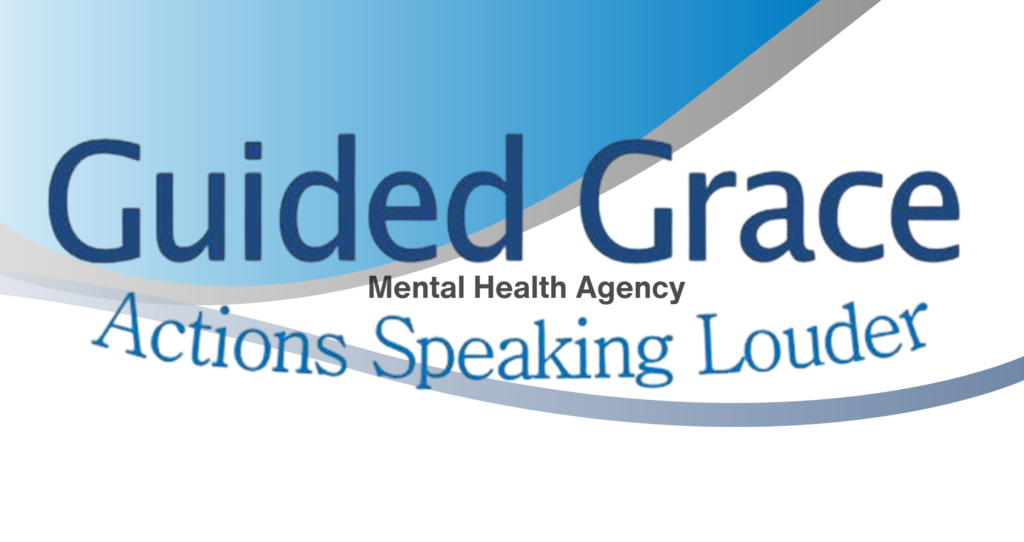If you’re receiving treatment using DBT, you might be wondering how long it takes before you feel steady on your own.
That’s a fair question, especially when you’ve already made the brave choice to ask for help. Dialectical Behavior Therapy (DBT) is a powerful approach, but not a quick fix. It focuses on learning real skills that help you manage emotions, strengthen relationships, and build a more balanced life.
So, how long is DBT therapy?
Let’s break down what to expect so you can move forward with clarity, confidence, and the support you deserve.
What is DBT Therapy?
DBT is a type of cognitive behavioral therapy that supports people in managing overwhelming emotions and building stronger relationships.
While it was first developed for individuals living with borderline personality disorder, DBT is now used to help with a wide range of mental health concerns, including anxiety, depression, PTSD, and more.
The word dialectical means “the existence of opposites.” In DBT, this means learning to hold two truths at once, accepting yourself as you are while working toward positive change.
With the help of your therapist, you’ll learn how to recognize your behaviors and experiences with compassion, while building skills to respond in healthier ways moving forward.
DBT focuses on four key skill areas:
- Mindfulness – learning to stay present without judgment
- Distress Tolerance – managing tough situations without making things worse
- Emotion Regulation – understanding and handling strong emotions
- Interpersonal Effectiveness – setting boundaries and strengthening connections
Each skill is taught in a focused, step-by-step way to help you build confidence and feel more in control of your life.
How Long is DBT Therapy?
The duration of DBT therapy varies based on your unique needs and challenges. For many people, the standard program lasts about six months to a year. That gives you time to learn, practice, and apply the core skills.
You’ll usually meet with your therapist once a week for about an hour. These sessions give you consistent support and a space to stay accountable to your growth. If you’re facing deeper challenges, you might need more time, and that’s okay.
Some people continue with follow-up sessions after the main program ends. These check-ins can help you stay on track, handle setbacks, and build on your progress.
Factors That Affect the Length of Your DBT Therapy
Several factors can shape how long DBT therapy takes for you.
Your experiences, challenges, and the severity of your symptoms all play a part. If you’re dealing with more intense emotional struggles, it might take more time to work through them and build the skills that help you feel more in control.
Your commitment matters too. Showing up regularly and practicing the skills outside of sessions can make a big difference. If life gets in the way and sessions become inconsistent, the process might take longer, and that’s okay.
Your therapist will also adapt the approach to fit your needs. Depending on your goals and readiness, some strategies may help you move faster, while others may take more time.
Ready to Explore DBT Therapy? We’re Here to Support You
If you think you or someone you care about could benefit from Dialectical Behavior Therapy, you don’t have to figure it out alone.
Our team at Guided Grace Family & Youth Services is here to help. We offer compassionate, evidence-based support tailored to your needs in Saginaw, MI.
Whether you’re ready to take the first step or have questions, we’re here to listen.
Schedule an appointment today.

